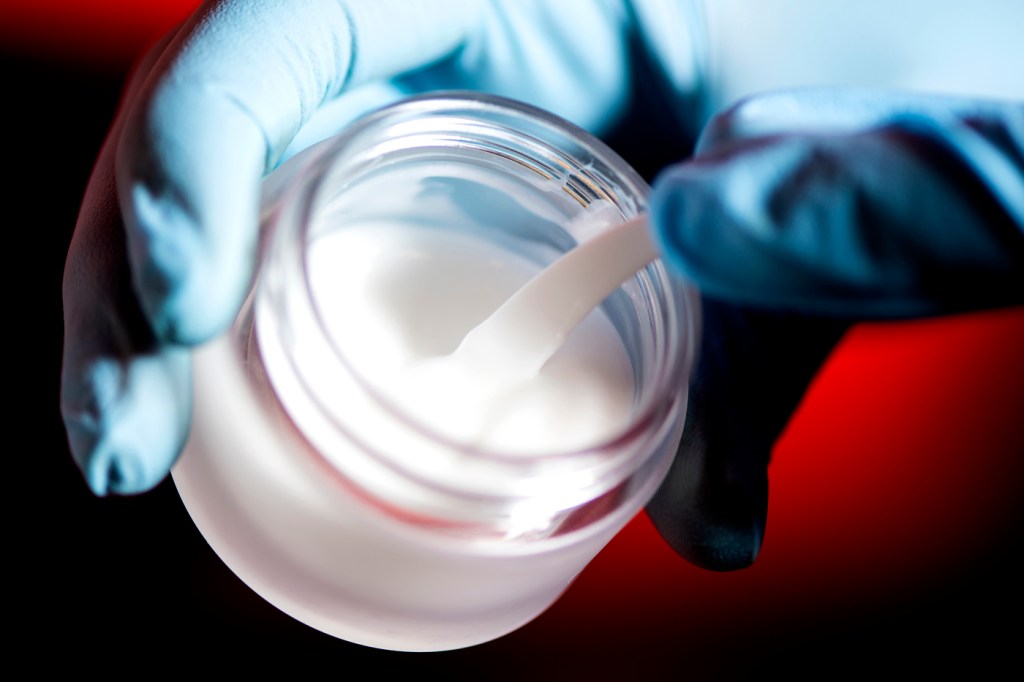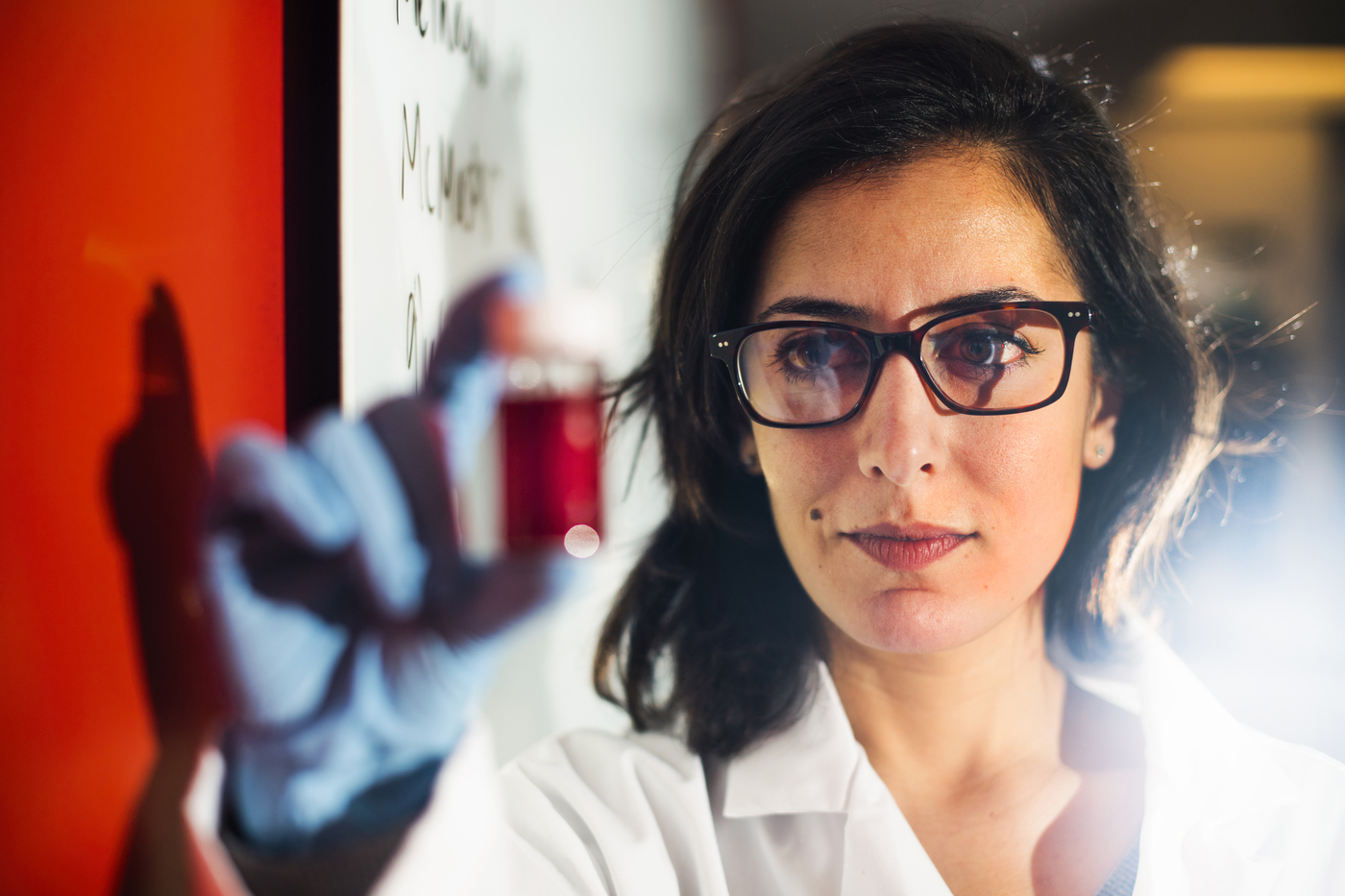Protect your skin for only pennies a day by using these moisturizing tips

Between freezing temperatures, dry heat and blustery winds, winter seems designed to soak the moisture out of skin.
The good news is there are moisturizers for just about every price point, and they all get the work done, says Leila Deravi, an assistant professor of chemistry and chemical biology at Northeastern’s College of Science.
Deravi talked to Northeastern Global News about the basic ingredients in moisturizers, why some might cost more than others and how the marketing of skincare products such as vitamin C serums rely more on branding and less on science than ever.
“We consulted with a lot of dermatologists and beauty experts,” says Deravi, who with former doctoral student Camille Martin co-founded Seaspire Skincare in 2019, a startup looking to develop an environmentally safe and toxin-free sunscreen.
“The one thing that we hear over and over again is how important it is to moisturize your skin. When you wash your face at the start and the end of the day and you strip all of the nutrients and oils from your skin with a soap or cleanser, you have to replenish that.”
Moisturizers should always be the last step in any regime, whether it is the only step or is used as a night cream on top of vitamin C or hyaluronic acid serum or is used as a day cream to supplement sunscreen, Deravi says.
And unlike vitamin C serums, which can cost $50 for one fluid ounce, a 12-ounce bottle of moisturizer was recently on sale online for $5.95.
“Most skincare products tap into the same cocktail of ingredients; they just have different suppliers and combinations,” Deravi says.
Subtle fragrances, niche additives, and sleek packaging are often what differentiate expensive brands, Deravi says.
“But don’t be fooled,” she says. “There has been little scientific innovation in topical skincare products for a long time. Many of the claims you see on packaging would hold true for the most expensive or cheapest products.”
Moisturizers contain emollients such as lanolin or mineral oil that form “an oily layer on top of the skin that traps water in the skin,” according to WebMD.
The ingredient list also includes emulsifiers, which keep the oils and water from separating, and humectants, such as glycerin, which draws water to the top layer of skin.
The type of emollient used can determine the silkiness of the feel, while the emulsifier keeps the elements from separating and determines the buoyancy of the moisturizer, Deravi says.
Unless they contain sun filters, moisturizers are considered cosmetics and not subject to FDA safety approval.

While active ingredients like vitamin C are potent antioxidants when administered in a concentrated serum, they have a finite lifetime in a formulation and are not photostable, Deravi says. Their use and application are also not regulated by the FDA.
“You won’t see them in many daily-use moisturizers,” Deravi says.
Serums are different from moisturizers. They are generally simpler formulations and are intended to be deeply penetrating in order to provide maximal anti-aging or acne-preventing benefits. Serum ingredients can include vitamin C, hyaluronic acid and retinol.
Deravi says she can’t speak to the degree of success cosmetic manufacturers have had in stabilizing vitamin C, which degrades quickly when exposed to air and sunlight, but that this is a very active area of research in cosmetic science.
But she says whatever serum people use, if any, they should follow up by locking hydration into their skin with a moisturizer.
“It is important to understand the basics behind what you are putting on your skin. If you flip your product over and cannot make through to the end of the ingredient list – there is simply too much stuff there,” Deravi says.
“The minimum thing you need is a simple moisturizer at night and application of sunscreen during the day.”
Cynthia McCormick Hibbert is a Northeastern Global News reporter. Email her at c.hibbert@northeastern.edu or contact her on Twitter @HibbertCynthia






